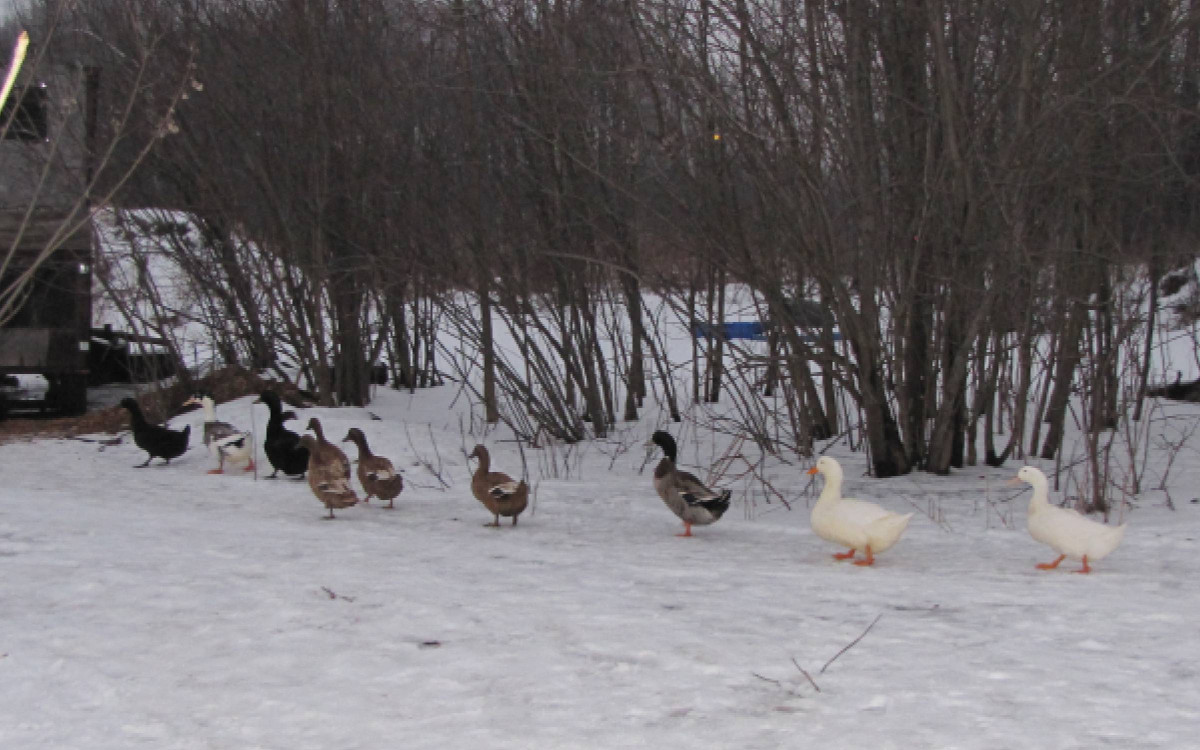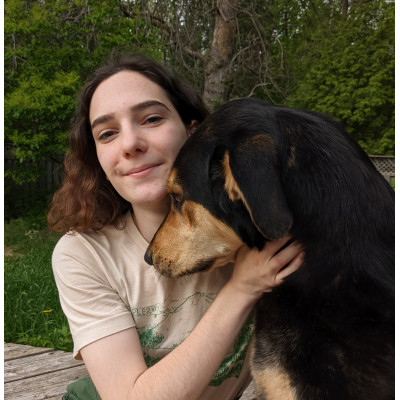We’ve had ducks since 2017. They joined our farm at the same time as goats and sheep. We started with a few, though now we have nearly a hundred!
What breeds are they?
We have three main breeds of ducks at Project PACE: Cayuga (black-green iridescent feathers), Pekin (white feathers), and Khaki Campbell (grey-brown females, while the males have a green head and neck). A vast majority of our ducks are mixed however.
What do they eat?
Ducks are omnivorous, like chickens and humans.
In the summer, ducks eat water worms, slugs, snails and frogs. They also love veggies, greenery and grains.
In the winter, ducks eat grains and veggies.
What is their behavior like?
Ducks are very funny; they follow you when you walk away from them, but run away should you approach them. They are pretty smart and capable of learning e.g., how to climb the stairs or how to recognize their own coop.
They lay eggs too! Though, their eggs are bigger in size and more rich in protein than chicken eggs. There is also a difference in flavor. Unlike chickens however, they stop laying eggs in winter.
Throughout the warm months of the year, in the daytime, our ducks swim in the pond and wander around the farm—waddling as they please. At night, they stay in the duck barn. During the winter season, our ducks stay in the duck barn most of the day.
Our ducks love water & mud and enjoy a nice swim in the pond—even during winter! We indulge their swimming by making an hole in the frozen pond every day, where they stay for about an hour or so.
How can I tell female and male ducks apart?
You can tell male ducks (also known as drakes) from females by their tail. A drake’s tail has curled feathers.
What is a duck’s lifespan?
On average, ducks live between 5 and 10 years. At Project PACE, we have many generations of ducks—our younger ones being just a few months old, and our oldest are about five years old.
.png)

